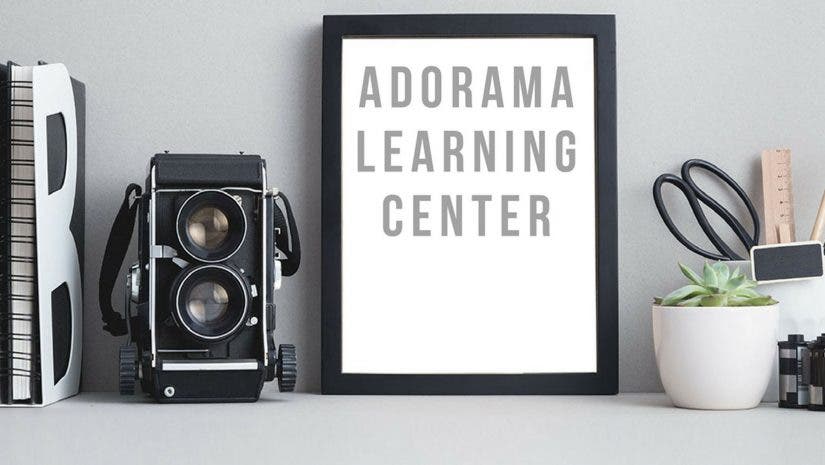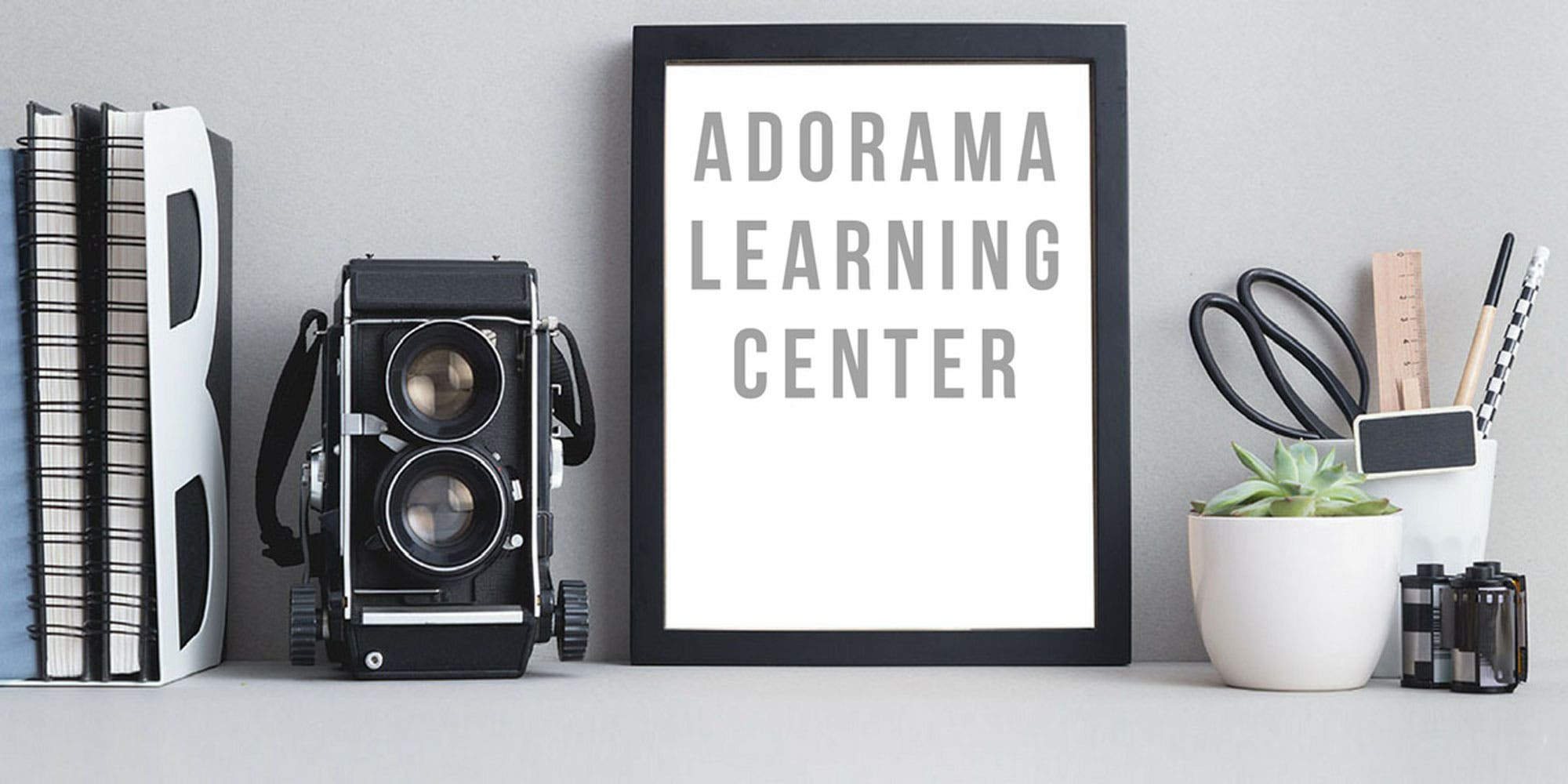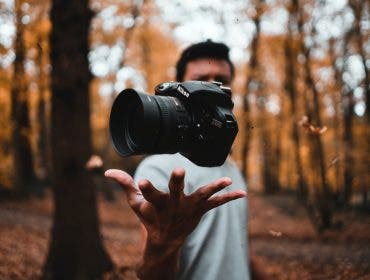Here are the power tools of the compact camera world. Bearing a physical resemblance to SLRs but with the electronic guts that are closer to compacts, Electronic Viewfinder (EVF) cameras are self-contained picture-taking machines that offer the best of both worlds. Put your eye up to the viewfinder and you’ll see a miniature TV image–the electronic viewfinder–instead of an optical one.
The missing link between compacts and SLRs?
The main advantage of EVFs over compact digital cameras is that while EVFs offer point-and-shoot simplicity and borrow some features from their smaller counterparts, they also have a greater range. Zoom lenses typically cover a wider range. There’s usually a hot-shoe so you can add an accessory flash unit, which can illuminate more distant subjects. And, they have viewfinders–which means you can tuck your elbows into your torso while looking through the finder to take your picture. This is a shooting position that reduces camera shake.
The main advantage of EVFs over SLRs is that they’re generally smaller, lighter, and self-contained, while offering a long range of focal lengths. In fact, to buy an SLR equivalent of, say an 8MP EVF with a 10X lens, you would need to buy a body will probably cost more than the entire camera–plus at least two lenses to cover the same focal range! So they are also attractive for bargain hunters with serious photographic aspirations.(Learn more about EVF camera features in our EVF Buying Guide.)There is such a wide range of cameras that fall into this category, the choices can be overwhelming if you’re looking for a camera. Here’s a shortcut.Which EVF cameras are at the top of their game right now? Read on for my five favorite EVF cameras.
Canon Powershot S3 IS

Price: approximately $280.
Overview: Don’t let that low 6MP resolution turn you off–unless you’re planning on making blowup prints larger than 11×14 6MP is all the resolution you need; the cutting-edge technology housed inside the Canon Powershot S3 and 12x optical zoom lens combined with its very reasonable price, make this a very desirable camera. In addition to optical image stabilization, which will improve your overall picture quality, the camera’s internal software includes a database of thousands of images, and by comparing the scene you’re shooting now with the images on the database the camera is able to optimize exposure for specific scenes. If you’re more traditionally minded, there are plenty of manual and semi-auto exposure overrides.
The juicy details: 12x optical zoom (36-432mm 35mm equivalent f/2.7-3.5 lens) focuses as close as 3.9 inches; shutter speed range 15-1/3200 sec, Manual, shutter- and aperture-priority exposure modes, ISO range 50-800, 60 fps VGA movie recording, optical image stabilizer, 16:9 widescreen shooting option, panorama stitching, extensive color balance control. Shooting Modes: Auto; Creative: P, Av, Tv, M, C; Image: Portrait, Landscape, Night Scene, Sports, Special Scene (Foliage, Snow, Beach, Fireworks, Indoor, Night Snapshot, Color Accent, Color Swap), My Colors, Stitch Assist, Movie.
Photo Effects: Vivid, Vivid Blue, Vivid Green, Vivid Red, Neutral, Sepia, Black & White, Positive Film, Lighter Skin Tone, Darker Skin Tone, Custom Color
Our favorite power tools: “MovieSnap” feature lets you shoot still images while simultaneously shooting movies, Canon TC-DC58B tele-extender increases maximum focal length to the equivalent of 648mm while the WC-DC58A stretches the wide-angle coverage to 27mm.
Who would love it: Enthusiasts and point-and-shooters ready to move up, but are not ready for the bulk of an SLR–as well as DSLR owners who want a relatively compact but full-featured backup camera.
![]()
![]()
Fuji Finepix S9100


Price: approximately $400.
Overview: The Fuji Finepix S9100, with its 9MP sensor, delivers extremely high resolution. The S9000’s 10.7X optical zoom lens, macro focusing abilities, and provision for an external flash offer enough range to please many SLR users, but the camera has plenty of automation for those who are intimidated by manual. Improvements over its predecessor, the $460 S9000, include a slightly larger 2-inch LCD monitor, and anti-shake technology that defaults to a higher ISO to avoid camera motion or subject blur.
The juicy details: The S9100 boasts Anti-Blur (how did we ever live without this essential feature?), a 28-300mm (35mm equivalent) f/2.8-4.9 lens that focuses up to 1/2 inch in Macro mode, a shutter speed range from 4-1/4000 sec, and a sophisticated light meter that decides exposure based on feedback from 256 zones, a solid set of basic features. Go deeper and you’ll find auto bracketing, a real-time histogram, movie recording with sound, several focus modes, and typical scene modes. Sensitivity range is ISO 80-1600–but that only tells part of the story. Fuji has been perfecting Real Photo technology, which has been shown to reduce digital “noise”, or grain, in pictures shot at high ISOs. The camera has a fast start-up time so you don’t have to wait to start shooting.
Our favorite power tool: Macro focusing down to a few inches, even at telephoto, means your begonias are ready for their close-ups.
Who would love it: Photo hobbyists who want something that’s a bit smaller than their SLR but still want to be able to make jumbo prints.
A step beyond: Want to add infrared image capture capabilities? The next step up is the Fujifilm IS-1 (approximately $800), which has most of the S9100’s features but can also capture visible plus ultraviolet and infrared light with a range from 400-900nm. If you’re in law enforcement–or simply like the artsy side of infrared, this may be a worthwhile purchase for you.
![]()
![]()
Kodak EasyShare Z-712 IS Zoom

Price: approximately $210.
Overview: Kodak continues to stay true to its mission of making it as easy as possible to get good-quality images for a reasonable price with the EasyShare Z-712 IS Zoom. The camera has a 10x optical zoom lens, a 7.1MP sensor (Kodak claims it will produce photo-quality prints at 30×40 inches; we wouldn’t go quite that far, but it will certainly deliver sharp 11×14-inch prints). Its 12x zoom puts it in the “superzoom” camera category. Under the hood there’s software that checks image quality and makes on-the-fly corrections that you may not even be aware of.
The juicy details: 36-432mm (35mm equivalent) f/2.8-4.8 optical zoom lens focuses as close as 2 inches. Shutter speeds range from 1/2-1/1000 sec. Auto exposure can be overridden by manual exposure mode. ISO range is 80-1600. Color Science Image Processing Chip is claimed to deliver high-quality overall image quality, performs scene analysis using advanced algorythms to capture what Kodak calls “rich, vibrant colors.” Scenes are analyzed for subject matter, subject distance, luminance and color.
Our favorite power tools: The superzoom combined with image stabilization, so you can get sharp shots of distant subjects(But use a tripod whenever possible!). and ability to print multiple frames on a 4×6-inch print, directly from the camera.
Who would love it: Snapshooters and enthusiasts who want a longer zoom range but don’t like being confused by excessive, hard-to-master features.
![]()
![]()
Panasonic Lumix DMC-FZ50S

Front view: Black version; back view: Silver version.
Price: approximately $460.
Overview: The 10.4MP Panasonic Lumix DMC-FZ50S looks more like a traditional SLR than an EVF camera, with its electronic viewfinder located where an optical finder would be on an SLR, atop what looks like a pentaprism housing. The camera is designed with SLR users in mind–the 12X optical zoom Leica lens has familiar focus and zoom rings, and the camera’s feature set is similar to that of a typical starter SLR–right down to the new standard 10MP sensor. But unlike most SLRs, the FZ50S also has live image preview, real-time histograms, optical image stabilization, a flip-up LCD monitor, and Quick Time video recording.
The juicy details: The camera’s fronted by a 35-420mm (35mm equivalent) f/2.8-3.7 Leica DC Vario-Elmarit lens, and can capture standard, 35mm and HDTV-format pictures (4:3, 3:2 and 16:9 aspect ratios, respectively). All the standard exposure controls are present and accounted for, including exposure compensation +/- 2 stops, auto bracketing, backlight compensation in auto mode, and multiple, center-weighted and spot metering. Additional flash can be added via a hot shoe, and flash controls include slow sync, flash output adjustments +/- 2 stops, and red-eye reduction. Sharpness, saturation and color quality can be adjusted, and you can set the display to show a grid to help you compose your image. Images can be recorded in RAW, TIFF, and JPEG formats. And, of like all Panasonics, the DMC-FZ50 has MEGA I.O.S. (Optical Image Stabilizer) for better results in low light.
Our favorite power tool: The lens. It’s made by Leica, so you know it’ll be sharp. And those familiar focus and zoom rings are wonderfully intuitive. And the fine-tunable flash is a sweet bonus.
Who would love it: Snapshooters with SLR ambitions, and SLR users looking to downsize while still retaining flexibility. Also: Leica wannabes on a budget. After all, this camera is almost identical to the just-announced Leica V-Lux 1, which is selling for around $850.
© 2007 Adorama






